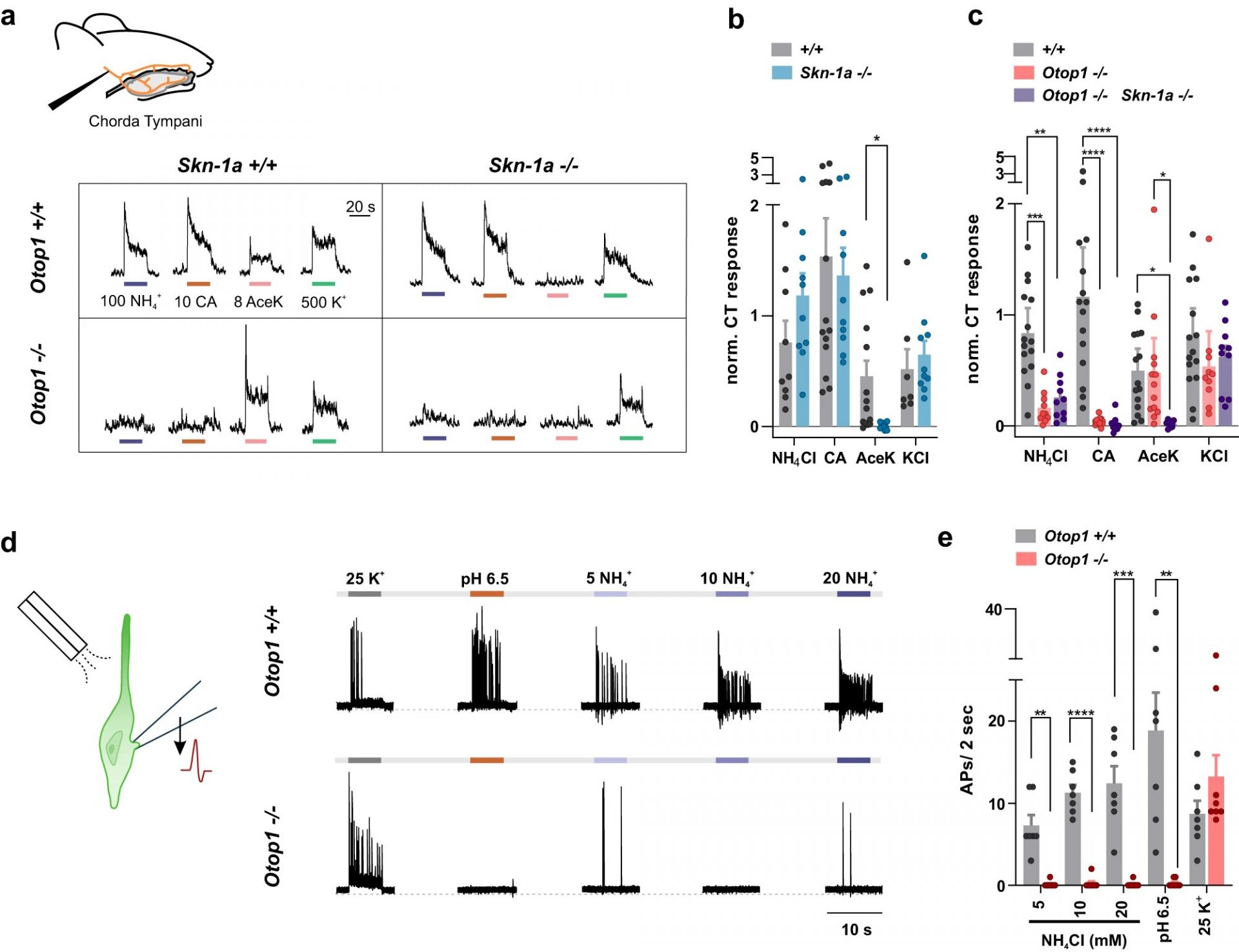Prepare to have your taste buds tantalized! New research from USC Dornsife has uncovered the fascinating receptors on our tongues that respond to ammonium chloride. This groundbreaking study has shed light on the protein, OTOP1, which plays a crucial role in this sensory experience.
But wait, there’s more! It turns out that this same receptor is responsible for detecting acidity, giving us that tangy sensation when we savor lemon juice or vinegar. Intriguingly, the researchers suspected that the OTOP1 protein might also react to ammonium chloride due to its connection to acidity.
To put their hypothesis to the test, the team cultivated human cells in the lab, specifically engineered to contain the OTOP1 protein. They then exposed these cells to both acid and ammonium chloride. The results were astonishing – ammonium chloride activated the OTOP1 receptor just as effectively as acid!
Ammonium chloride has long been known for its aversive taste, likely serving as a defense mechanism against harmful substances. After all, ammonia is noxious to both humans and animals. However, humans have a remarkable ability to acquire a taste for even the most peculiar flavors, just like our love for spicy or acidic foods. In fact, the distinct flavor of ammonium chloride can be found in salt licorice candy, a popular treat in Nordic countries, the Netherlands, and northern Germany.
“If you live in a Scandinavian country, you will be familiar with and may even enjoy this taste,” remarked Emily Liman, a professor of biological sciences at USC Dornsife and one of the study’s authors.
But why do we have taste receptors for something potentially toxic? Liman explains, “Ammonium is somewhat toxic, so it makes sense we evolved taste mechanisms to detect it.”
Now, let’s take a trip back in time. In 1908, a brilliant Japanese chemist named Kikunae Ikeda unraveled the chemical basis of a taste he called umami. This savory, meaty flavor can be found in foods like soy sauce, seaweed, anchovies, miso, fish sauce, Worcestershire sauce, and Marmite. Although there’s no English word that perfectly captures its essence, umami loosely translates to “pleasant savory taste” in Japanese.
Interestingly, it took decades for the Western scientific community to recognize umami as a distinct taste, alongside sweet, savory, sour, and bitter.
This groundbreaking study, published in the journal Nature Communications, has expanded our understanding of the intricate world of taste. So, the next time you savor a tangy or savory dish, remember the incredible receptors on your tongue that make it all possible!








